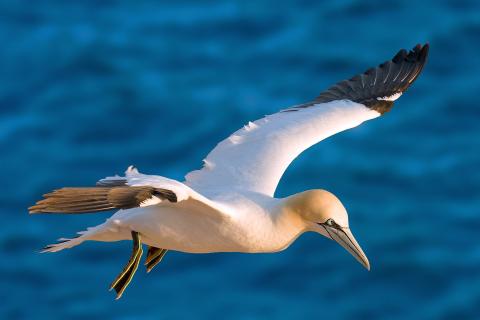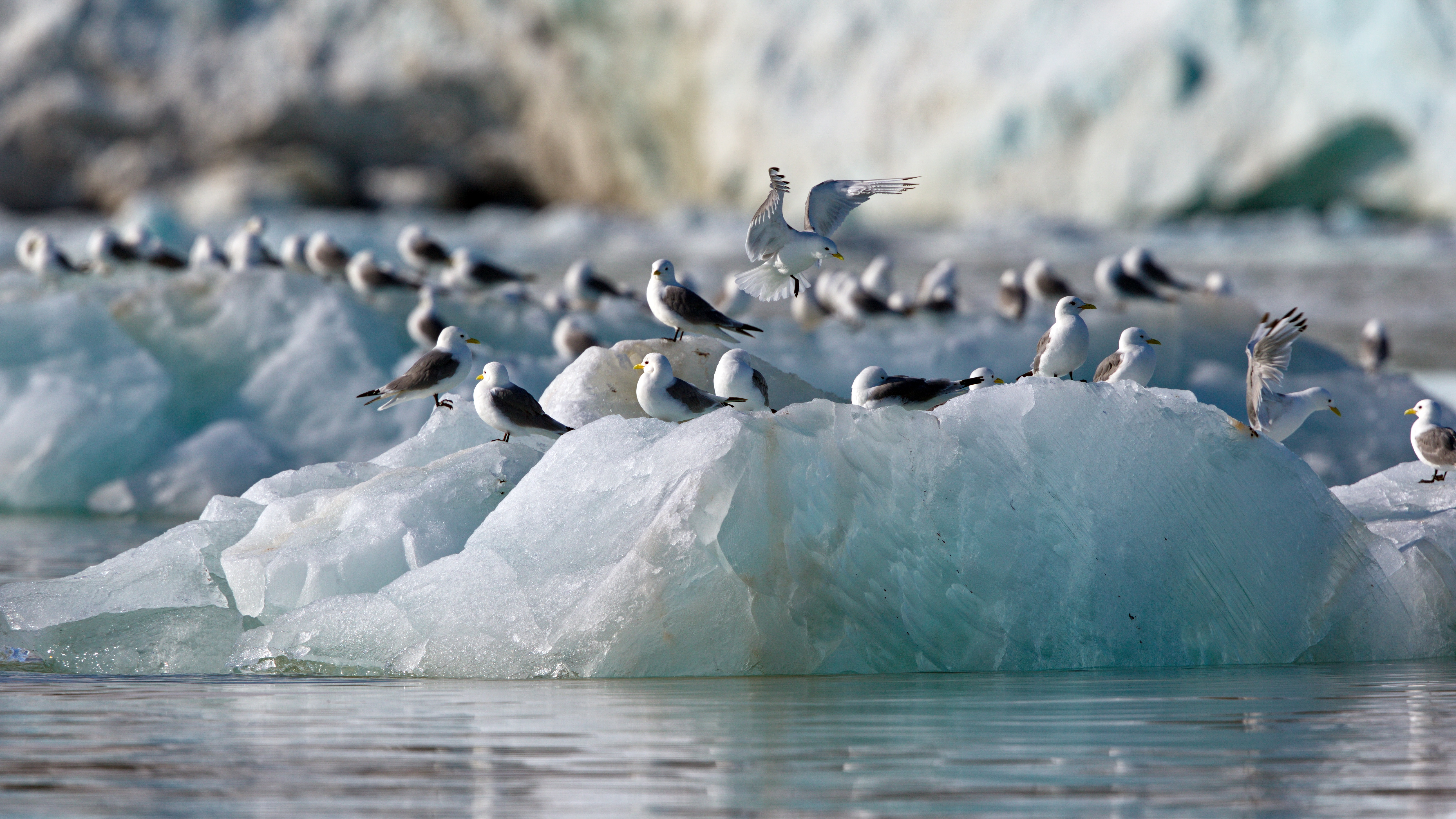
Seabirds fly the world’s oceans looking for food. If you’re lucky you may see them close to shore. They are a large group of nearly 350 bird species that depend on the marine environment for at least part of their life cycle. Seabirds are typically top predators in ocean ecosystems and often indicators of ocean health.
Seabirds are at particular risk from ocean warming due to climate change, especially in combination with other human-induced impacts such as pollution and declining fisheries. “Around the world, seabirds are sending a warning signal and we really need to think about this now, before things get too bad,” Dr. William Sydeman, lead author of a new seabird study says, “For most species, there’s still time to avert disaster.”
Numbers Tell the Story
Marine heat waves have been especially devastating to seabird populations. Seabird die-offs were more likely to occur during marine heatwaves, which the authors of a 2023 study defined as ocean surface temperatures being warmer than 90% of the previous observations for a given time of year for at least six days. It’s not the warmer water that kills seabirds. In fact, it’s how increased temperatures change the composition of the plankton community. Without access to their usual prey, birds starve.
Beach monitoring programs by volunteers along the Pacific Coast provided the data on mass seabird die-offs. These beach surveys have been going on since 1993. By looking at numbers of dead seabirds and the causes of death (ruling out causes like oils spills), one of the study’s coauthors, Julia Parrish, a University of Washington seabird expert, said “heatwaves are making seabird die-offs more probable, and far worse. “
With climate change seabird food resources are shifting because some fish populations are dwindling or migrating to new areas. “Seabirds travel long distances—some going from one hemisphere to the other—chasing their food in the ocean,” P. Dee BoersmSa, a biologist at the University of Washington said in a statement. “This makes them very sensitive to changes in things like ocean productivity, often over a large area.”

During breeding season, seabirds hunt for a wide variety of food from copepods to small pelagic fish to different trophic levels in the food web. Seabird breeding success reflects zooplankton and small fish availability near the surface. Their breeding colonies are on land but they forage for food at sea during reproduction, making them particularly vulnerable to ocean change
Northern Hemisphere species exhibited greater signs of stress and reduced breeding success, indicative of low fish resources, than those in the southern hemisphere. The strongest impacts were on fish-eating, surface-foraging species in the north. However, some seabirds may adapt. Those species that do best in a warmer ocean will likely be those birds that are more resilient, following their prey to cooler waters.
Helping Survival Rates
In the northern hemisphere, climate-based recovery plans for prey fish would help seabird breeding success. Also, by reducing other threats—such as predators on land, overfishing, or habitat destruction—managers can give birds a better chance at surviving marine heatwaves. Since seabirds are sentinels of ocean health, global monitoring of seabird productivity helps detection of ecosystem change in remote regions and contributes to our understanding of marine climate impacts on ecosystems.















